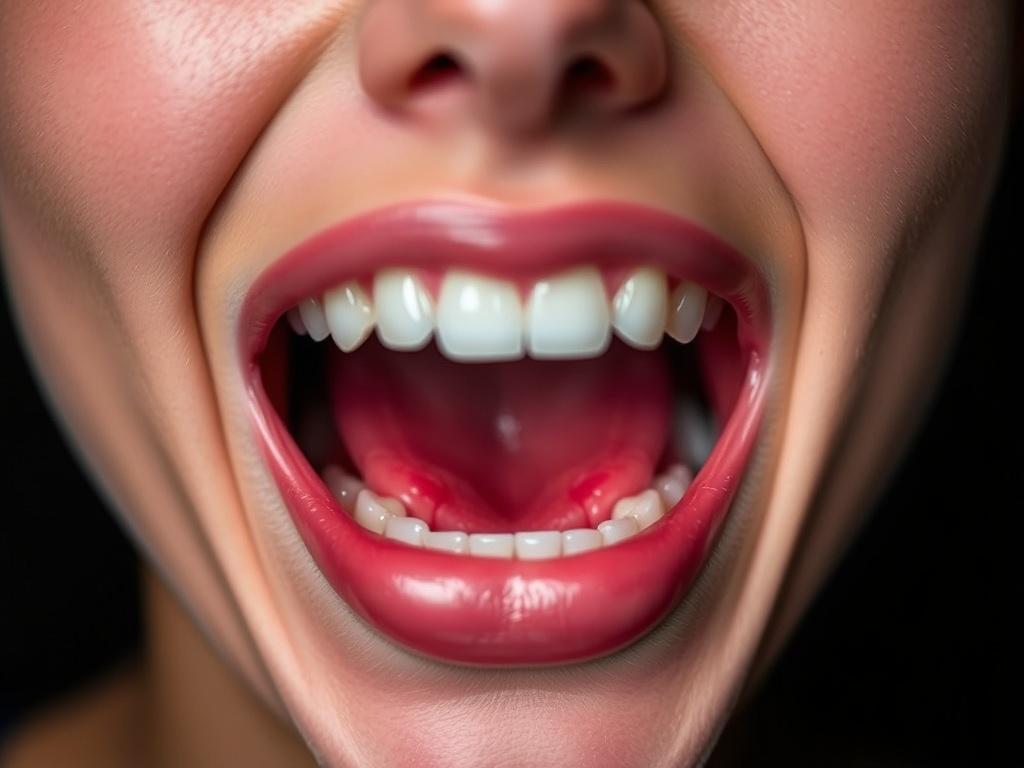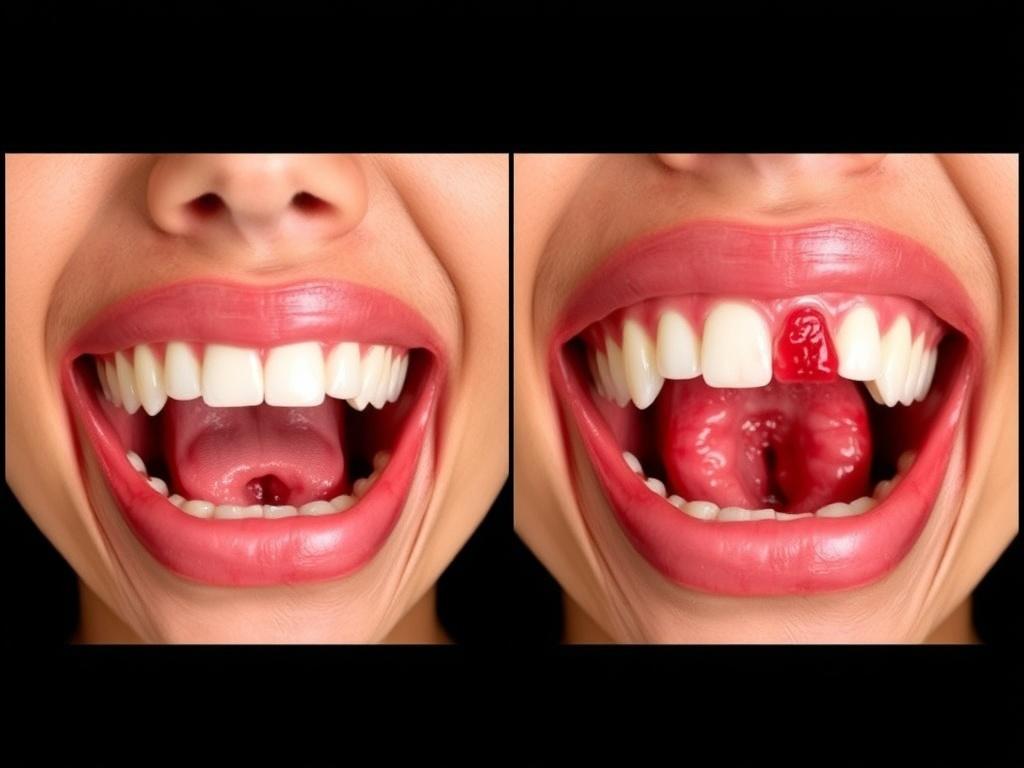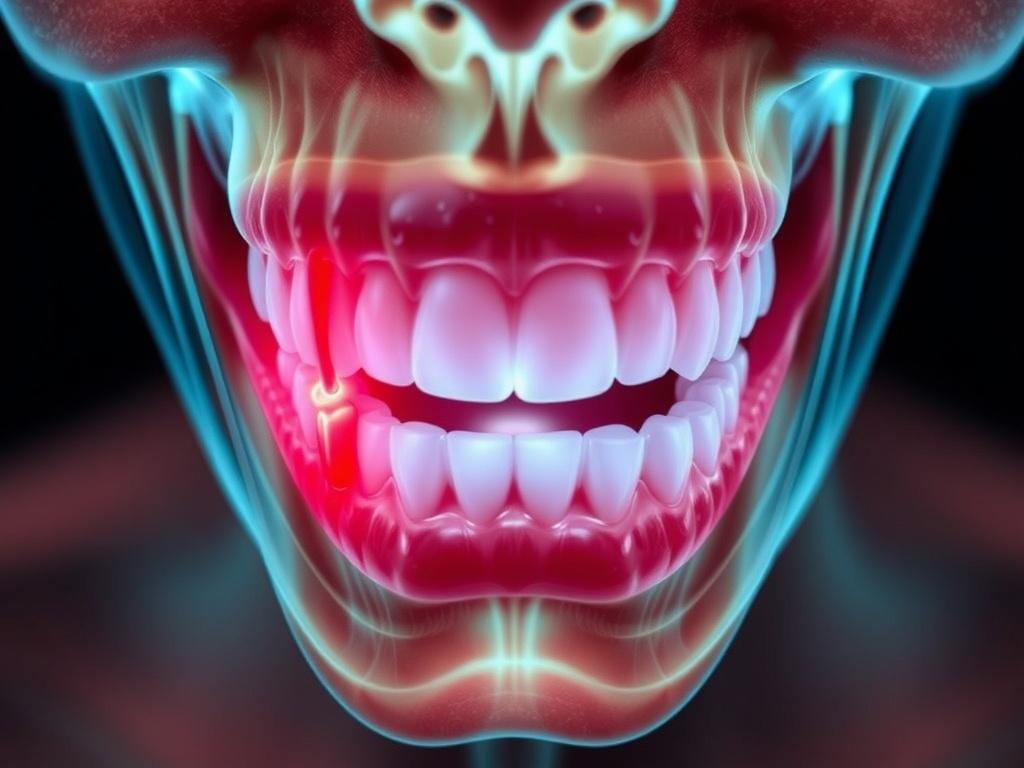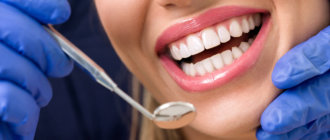Soft tissue injuries in the mouth are a common problem that many people encounter at some point in their lives. Whether it’s a small cut from accidentally biting the inside of your cheek or a more severe injury from a dental procedure or trauma, understanding these injuries is essential for effective care and recovery. The soft tissues inside the mouth include the cheeks, lips, tongue, gums, and the floor and roof of the mouth. Because these tissues are delicate and highly vascularized, injuries here can be quite painful and may bleed heavily despite being relatively small. In this article, we’ll explore the various types of soft tissue injuries in the mouth, their causes, symptoms, diagnosis, treatment options, and tips on prevention to help you handle such situations with confidence and calm.
Содержание
- 1 Types of Soft Tissue Injuries in the Mouth
- 2 Common Causes of Soft Tissue Injuries in the Mouth
- 3 Symptoms and Signs to Watch For
- 4 Diagnosis of Soft Tissue Injuries in the Mouth
- 5 Treatment of Soft Tissue Injuries in the Mouth
- 6 Healing Process and Recovery Tips
- 7 Prevention of Soft Tissue Injuries in the Mouth
- 8 Common Myths About Soft Tissue Injuries in the Mouth
- 9 The Role of Nutrition in Healing Mouth Injuries
- 10 When to Be Concerned About Infections in Mouth Injuries
- 11 Soft Tissue Injuries and Special Populations
- 12 Using Home Remedies Safely for Mouth Injuries
- 13 How Dentists Can Help With Soft Tissue Injuries
Types of Soft Tissue Injuries in the Mouth
Soft tissue injuries in the mouth can vary widely depending on the cause and the affected area. Some of the most common types include:
- Lacerations: These are cuts or tears in the soft tissue caused by sharp objects or trauma.
- Contusions (Brusies): These occur when blood vessels break under the skin or mucosa causing swelling and discoloration without breaking the skin.
- Abrasions: Surface scrapes often caused by rubbing against a rough surface inside the mouth.
- Hematomas: A collection of blood outside of the blood vessels appearing as swelling or lumps.
- Burns: Injuries caused by contact with hot foods, liquids, or chemicals.
Each type comes with its own set of challenges in terms of healing and care. For example, a small abrasion may only require simple care and observation, while a large laceration might need stitches or professional medical intervention.
Common Causes of Soft Tissue Injuries in the Mouth
Soft tissue injuries in the mouth happen for many reasons, often unexpectedly. Understanding the causes can help prevent future incidents and guide appropriate response when they do occur.
| Cause | Description | Typical Injuries |
|---|---|---|
| Accidental Biting | Biting the inside of the cheek, tongue, or lips often happens during eating or speaking. | Lacerations, bruises, and minor cuts |
| Trauma | Falls, sports injuries, and accidents can cause blunt force trauma to the mouth. | Lacerations, contusions, hematomas |
| Dental Procedures | Dental work such as extractions or root canals can sometimes injure soft tissue. | Abrasions, lacerations, burns from dental instruments |
| Sharp Foods or Objects | Eating foods with sharp edges like chips or accidentally poking with toothpicks. | Lacerations, puncture wounds |
| Burns | Hot drinks or foods can cause burns on the tongue, cheeks, or roof of the mouth. | Burn wounds, inflammation |
Knowing these causes will help you recognize what kind of injury you might be dealing with and how urgent the situation is.
Symptoms and Signs to Watch For
Soft tissue injuries in the mouth can be clear to identify, but sometimes the signs may not be immediately obvious, especially with minor injuries that might seem trivial at first. Typical symptoms include:
- Pain or tenderness at the site of injury
- Swelling or inflammation
- Bleeding or oozing from a wound
- Redness or discoloration around the injury
- Difficulties in speaking, chewing, or swallowing
- Visible cuts, tears, or bruising
If you experience persistent bleeding, difficulty breathing, or severe pain that doesn’t improve, it’s crucial to seek medical attention promptly.
Diagnosis of Soft Tissue Injuries in the Mouth
Most soft tissue injuries in the mouth can be easily diagnosed based on a physical examination by a healthcare provider, such as a dentist or physician. They will inspect the injury site for size, depth, and involvement of underlying structures. In some cases, especially when trauma has occurred, imaging like X-rays may be needed to check for fractures or foreign objects embedded in the tissue.
When to See a Healthcare Professional
You should consult a healthcare provider for soft tissue injuries in the mouth if:
- The injury is deep or bleeding heavily and does not stop after 10–15 minutes of pressure.
- There is significant swelling or difficulty opening your mouth.
- There are signs of infection like pus, fever, or increasing pain.
- You suspect there may be bone or tooth involvement.
- The wound edges do not come together or appear jagged.
Professional assessment ensures you receive appropriate treatment and reduces the chance of complications.
Treatment of Soft Tissue Injuries in the Mouth
0
Treatment for soft tissue injuries in the mouth varies depending on the type and severity of the injury. Since the mouth is a moist environment that heals quickly but is also prone to infection, proper care is essential.
Immediate First Aid
If you sustain a soft tissue injury in your mouth, the first step is to control bleeding:
- Rinse your mouth gently with cold water to clean the area.
- Apply gentle pressure with a clean cloth or gauze to stop bleeding.
- Use cold compresses on the outside of the face near the injury to reduce swelling.
- Avoid irritating foods (spicy, acidic, or hot) while the injury heals.
Avoid alcohol and tobacco as they can delay healing and increase the risk of infection.
Medical and Dental Treatment Options
Here’s a breakdown of possible treatments your healthcare provider might recommend depending on the injury:
| Injury Type | Treatment Approach |
|---|---|
| Lacerations | Cleaning and possibly suturing the wound; antibiotic ointments to prevent infection. |
| Contusions and Hematomas | Cold compresses, rest, and pain management; severe hematomas may require drainage. |
| Abrasions | Thorough cleaning, sometimes topical antiseptics or gels to promote healing. |
| Burns | Rinsing with cold water, pain relief, and monitoring for infection; severe burns may require specialist care. |
Pain management is often managed with over-the-counter medications like acetaminophen or ibuprofen, but always follow dosage recommendations and consider any allergies or medical conditions.
Healing Process and Recovery Tips
The mouth typically heals quickly due to its rich blood supply, but healing times depend on the injury’s extent. Most minor cuts and abrasions heal within 7 to 10 days. Here are some tips to speed up recovery and reduce discomfort:
- Maintain good oral hygiene by gently brushing teeth and rinsing the mouth with a mild antiseptic mouthwash.
- Stick to a soft or liquid diet initially to avoid irritating the injury.
- Avoid smoking and alcohol as they can impair healing.
- Stay hydrated to support tissue repair.
- Follow any instructions provided by your healthcare provider regarding wound care and medications.
If the injury does not heal within 2 weeks or worsens, revisit your healthcare provider for further evaluation.
Prevention of Soft Tissue Injuries in the Mouth
While accidents happen, several strategies can help prevent soft tissue injuries in the mouth:
- Be cautious when eating, especially with hard, sharp, or hot foods.
- Use mouthguards during sports or physical activities.
- Practice good dental hygiene to avoid sharp edges caused by broken teeth or dental work.
- Avoid using teeth as tools for opening packages or biting non-food objects.
- Regular dental check-ups to detect and manage potential hazards inside the mouth.
Developing awareness of your oral health and habits can significantly reduce the risk of injury.
Common Myths About Soft Tissue Injuries in the Mouth

There are several misconceptions about mouth injuries that can lead to improper care. Let’s dispel a few:
- Myth: Soft tissue injuries in the mouth always heal fast and don’t need care.
Truth: While the mouth does heal quickly, neglecting injuries can lead to infection and complications. - Myth: I can use alcohol to clean mouth wounds.
Truth: Alcohol-based rinses can irritate and delay healing of mouth injuries. - Myth: If there’s bleeding, it means the injury is severe.
Truth: The mouth is very vascular, so minor injuries often bleed more than similar injuries elsewhere, but that doesn’t always mean severity.
Understanding facts helps you manage injuries effectively, ensuring quicker recovery with fewer complications.
The Role of Nutrition in Healing Mouth Injuries

Nutrition plays a vital role in how quickly and efficiently soft tissue injuries in the mouth heal. Certain nutrients help support tissue regeneration, immune response, and overall health.
| Nutrient | Role in Healing | Food Sources |
|---|---|---|
| Vitamin C | Crucial for collagen synthesis and wound healing. | Citrus fruits, strawberries, bell peppers, broccoli |
| Protein | Builds new tissue and repairs damaged cells. | Meat, dairy, legumes, nuts |
| Zinc | Supports immune function and tissue repair. | Seafood, meat, seeds, nuts |
| Vitamin A | Helps maintain skin and mucous membranes. | Carrots, sweet potatoes, leafy greens |
Eating a balanced diet rich in these nutrients can aid your body’s natural healing abilities and help you recover faster from oral soft tissue injuries.
When to Be Concerned About Infections in Mouth Injuries
One of the significant risks associated with soft tissue injuries in the mouth is infection. Because the mouth harbors many types of bacteria, any wound can provide a pathway for pathogens to enter.
Signs of Infection to Monitor
- Increased or persistent pain at the injury site
- Swelling that doesn’t improve or worsens
- Redness spreading beyond the injury area
- Pus or discharge from the wound
- Fever or malaise
If you suspect infection, consult your healthcare provider immediately. They may prescribe antibiotics or recommend other treatments to prevent more severe complications.
Antibiotic Use and Oral Injuries
Antibiotics are not always necessary for simple soft tissue injuries, but they become critical when wounds are deep, heavily contaminated, or in patients with compromised immune systems. Always use antibiotics exactly as prescribed and never self-medicate without professional guidance.
Soft Tissue Injuries and Special Populations
Certain groups need to be extra cautious regarding mouth injuries:
- Children: More prone to mouth injuries due to accidental biting and falls; they may have difficulty articulating discomfort.
- Elderly: Thinner oral mucosa and slower healing; higher risk of infection.
- People with Diabetes: May experience delayed healing and higher infection risks.
- Individuals on Blood Thinners: Prolonged bleeding from small injuries may occur.
These populations should seek timely dental or medical advice for any mouth injuries and follow preventive measures carefully.
Using Home Remedies Safely for Mouth Injuries
Many people turn to home remedies to soothe pain and aid healing in mouth injuries. Some safe and effective options include:
- Rinsing with warm salt water to reduce bacteria and promote healing.
- Applying honey to minor cuts — it has natural antibacterial properties.
- Cold compresses to reduce swelling and pain.
However, avoid remedies like harsh chemicals or inserting substances without knowing their safety. If symptoms persist or worsen, seeking professional care remains the best course of action.
How Dentists Can Help With Soft Tissue Injuries
Dentists are uniquely qualified to assess and manage soft tissue injuries in the mouth, as they understand the anatomy and function of oral tissues in detail. They can provide:
- Thorough cleaning and removal of debris to prevent infection.
- Suturing of deep cuts to promote proper healing.
- Advice on pain management and wound care.
- Assessment for any associated dental or bone damage.
- Follow-up care and monitoring throughout healing.
In cases where trauma accompanies mouth injuries, a multidisciplinary approach involving emergency medicine and oral surgery might be necessary.
Conclusion
Soft tissue injuries in the mouth can be painful and inconvenient, but with the right knowledge and care, most recover quickly and without complications. Understanding the types of injuries, common causes, symptoms, and when to seek professional help can empower you to handle these common injuries effectively. Immediate first aid, proper hygiene, and preventive measures play crucial roles in minimizing damage and promoting healing. Whether it’s a minor lip cut from biting or a more serious laceration from trauma, remembering the importance of timely medical assessment and maintaining good oral health will keep your mouth healthy and comfortable. Don’t underestimate small injuries, and always prioritize care and attention for your soft tissues — after all, a healthy mouth supports your overall well-being.




